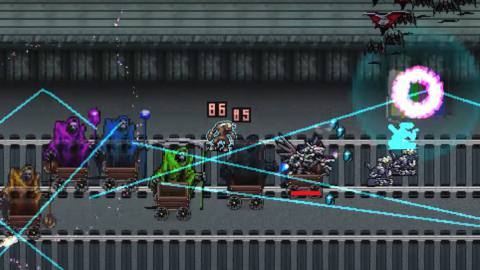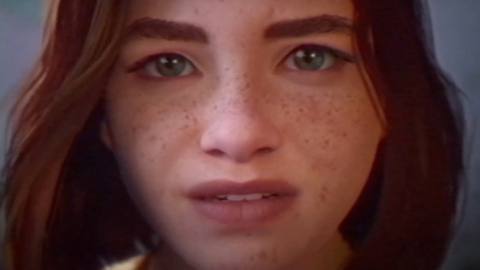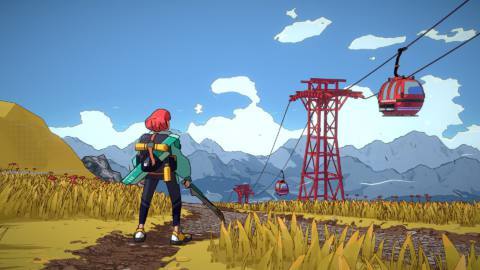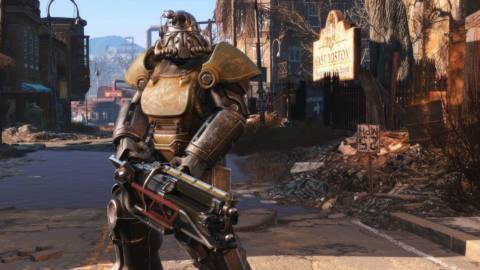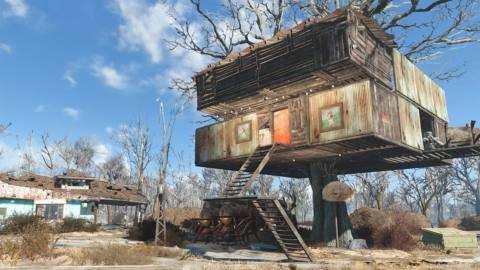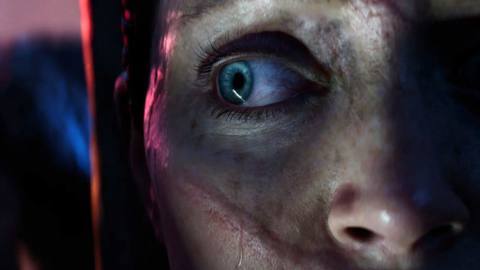
Senua’s Saga: Hellblade 2 is shaping up to be one of the most visually exciting games of the year. Ninja Theory’s cinematic sequel should be making excellent use of Epic’s Unreal Engine 5, producing some truly stunning results. At the same time, a lot of early footage for the game has been brief, hard-to-follow, and ridden with compression artefacts – until now. Microsoft released high quality b-roll meaning that we can finally draw some clearer conclusions on the game’s visual make-up. So, how do these early shots pan out? Is this the Unreal Engine showcase we’ve been waiting for?
In terms of visual features, Hellblade 2 is clearly pushing some really impressive tech. Senua’s Metahuman-derived facial rendering is the extreme strong point here, up there with the absolute best in video games. Everything – from the subtly translucent skin shading, to the lifelike eyes, to the pitch-perfect teeth – all looks fantastic. The animation is unbelievably good, superbly translating motion-captured performances into a plausible digital character. The game also indulges in a lot of post-processing niceties, including a beautiful depth of field, which smoothly transitions between focal points and doesn’t exhibit any kind of haloing artifacts. There is some aliasing around Senua’s hair, but it’s otherwise virtually flawless. Motion blur is similarly strong, without obtrusive sampling artifacts even when we zoom in on still frames.
Elsewhere, there’s the typical mix of Unreal Engine 5 features, albeit deployed very effectively. If you look across the ground in much of the preview footage, there’s dense Nanite-driven pebbles, the kind of fine geometry that is largely absent from games with traditionally rendered polygonal meshes. Ultra-dense meshes were what impressed most in the game’s 2019 debut trailer, and that has been carried over for this showing, with very pleasing density. Nanite and Virtual Shadow Maps are two bits of graphics tech that work well together, and Epic’s proprietary shadowing solution is here too. Again, this stands out most on the pebbles and fine rock detail, where there are perfect, pin-sharp shadows, even at extreme angles on the smallest geometric elements. This is a combo that’s very hard to fully achieve with more traditional rendering and is a staple of other UE5 efforts like RoboCop: Rogue City.

